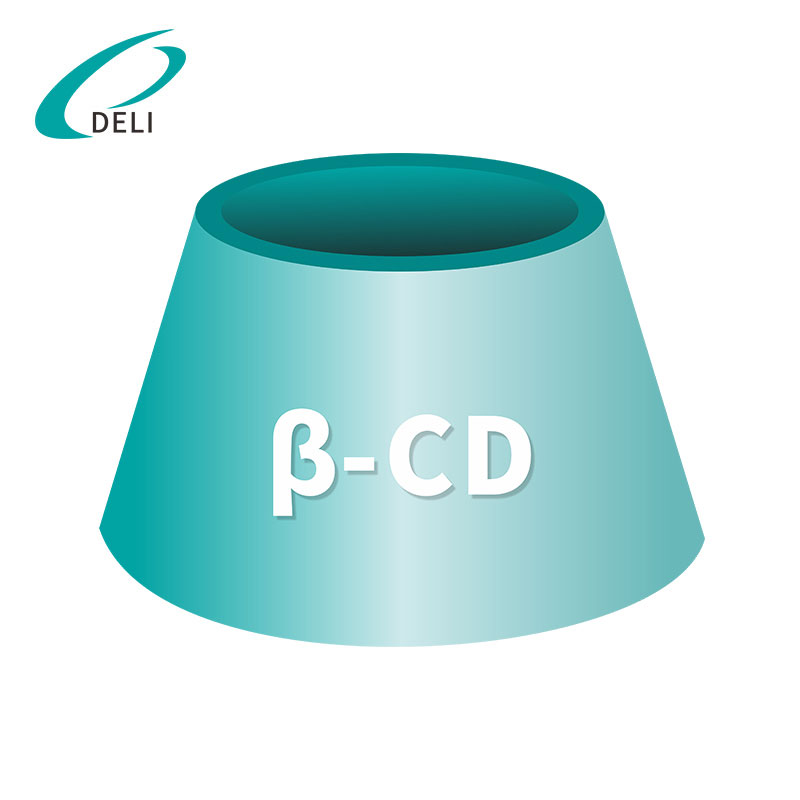
In food processing, many functional ingredients, such as fish oil, leech extract, and certain plant proteins, have a distinct fishy smell. Adding them to food can degrade the taste and make it difficult for consumers to accept. Many manufacturers consider using Betadex, but they are concerned about whether it can truly mask the fishy smell and whether adding it to food will violate national safety standards.
The key to Betadex's fishy smell masking lies in its unique molecular structure. It is a hollow cylinder formed by seven linked glucose molecules. It is hydrophilic on the outside and hydrophobic on the inside. The fishy smell of functional ingredients often comes from small molecules such as n-hexanal and trimethylamine, which are hydrophobic and can penetrate the hollow cylinder of Betadex. Once these fishy molecules are "encapsulated," they form a stable complex, preventing them from evaporating. Naturally, we can't smell or taste the fishy smell when we eat. It's like putting the fishy molecules in a "sealed box," locking away the unpleasant taste. This method doesn't rely on other flavors to mask the smell, but rather hides the fishy substances at the molecular level, resulting in a more stable and natural effect.
In practical applications, Betadex has shown significant effectiveness in masking the fishy smell of common functional ingredients in food. For example, fish oil, which naturally has a strong fishy smell and is unpalatable to many people, is significantly reduced with the addition of Betadex, making it more palatable when formulated into fish oil gummies or solid beverages. Furthermore, experiments have shown that treatment with Betadex on leech powder, a medicinally valuable ingredient with a strong fishy smell, makes fishy substances like n-hexanal and trimethylamine virtually undetectable in water, effectively achieving the desired masking effect. Even the unpleasant taste of some vitamin supplements can be improved by adding an appropriate amount of Betadex, significantly improving the palatability of the food.

Many people worry that adding Betadex violates regulatory requirements. However, there's no need to panic. my country's "Standards for the Use of Food Additives" clearly stipulates its use. It's a nationally permitted food additive, and as long as it's added within the specified range and limits, it meets safety standards. The limits vary for different foods. For example, the maximum amount used in prepared and cooked meat products is 1.0g/kg; in liquid beverages like fruit and vegetable juices and plant-based protein drinks, the maximum is 0.5g/kg; and in gum-based candies, the maximum amount can be relaxed to 20.0g/kg. Furthermore, Betadex is processed from starch, making it edible and non-toxic. International organizations such as the US FDA have also recognized its safety, and normal consumption will not cause harm to the body.
While Betadex is safe and effective, there are two caveats to its use. First, avoid excessive amounts. Overdosing can not only affect the taste of the food itself, such as making drinks thicker, but can also cause gastrointestinal discomfort and bloating in some people, especially those with sensitive stomachs. Second, it's important to choose the right method for adding Betadex. It's generally recommended to dissolve Betadex first before mixing it with the fishy functional ingredient. This allows it to fully encapsulate the fishy odor molecules, effectively masking the smell. Direct dry mixing can result in uneven mixing, leaving some areas unmasked and affecting the overall effect.